“Why are these sharks biting each other?” Corey and Tyler wondered. When the two teenagers went to find a senior staff member of the Virginia Aquarium and Marine Science Center, they learned that serious biting (more than a nibble) is a typical aspect of shark mating behavior. This was one more piece of information that these volunteers, along with their siblings, Jordyn and Morgan, have learned during the hundreds of hours they have given to the center, usually with their Gram, Barbara Van Heest, who has logged 3,000 volunteer hours over the past ten years.
Barbara began taking her four grandchildren who live near her in Virginia Beach to the center when they were toddlers, and as soon as each turned eleven, the minimum age for volunteering, they all began to work along with her.
“I think it’s important that the children learn to give back. They’re fortunate in what they get in life, so it’s good to pass it on,” Barbara says. Also, she emphasizes that the volunteering is not just a question of giving -- the children get benefits from it themselves. “I see them becoming comfortable talking to the adult visitors, answering their questions, gaining self-esteem because of the knowledge they now have about marine life.” (One other plus for the older teens has been meeting young people they’ve gone on dates with – after some adult screening, of course.)
Now Corey and Morgan, both 16, have logged a total of about 680 volunteer hours over the past five years, and are docents at the center on the weekends. Their 13-year-old siblings, Jordyn and Tyler, have already volunteered for about 150 hours each. All the volunteers, young and old, attend classes regularly to learn about the animals and plant life at the center.
Barbara picks up the children at eight in the morning on volunteer days and takes them over to the center, where a day’s activities may include touching sting rays, turning over horseshoe crabs, or showing visitors how to tell whether a blue crab is male or female and which snakes are venomous.
Thanks to all the public service the family has given over the years, the Van Heest family received the Volunteer Hampton Roads Family of the Year Award from the Center, for Barbara’s establishing “a legacy of service through her grandchildren and instilling a commitment of conservation through education.” (Hampton Roads is a 2000+-square-mile area in Virginia including dozens of cities, towns, and counties.)
For other grandmothers who would like to instill a family tradition of volunteer service, Barbara has this advice: “Get involved yourself, show by example, and stay close to your grandchildren – even if they live at a distance, as do the two of mine up in New Jersey.”
Glitter Leaves
3 months ago














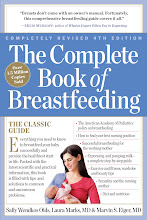







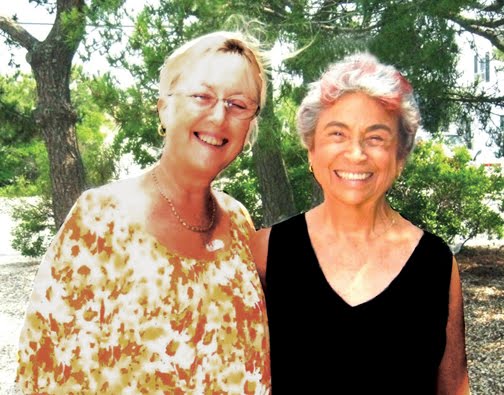.jpg)
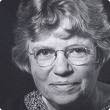


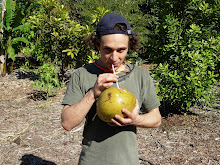

.jpg)
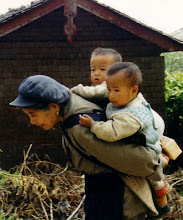.jpg)
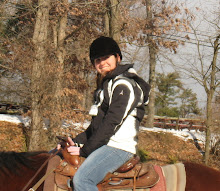.jpg)
.jpg)
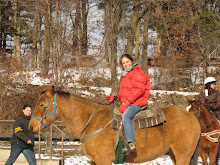

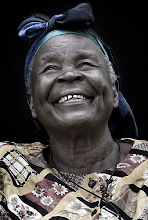

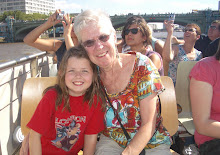.jpg)






.jpg)